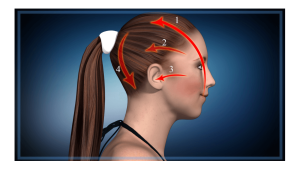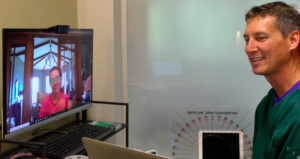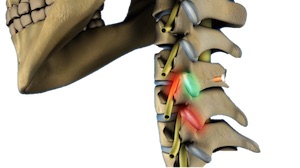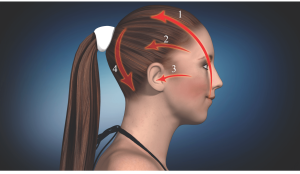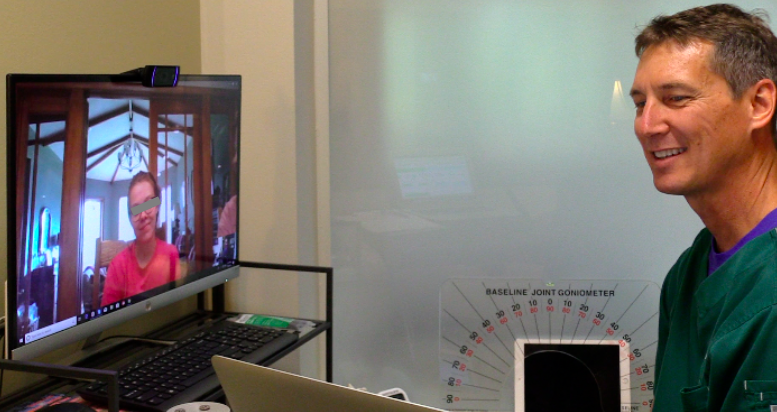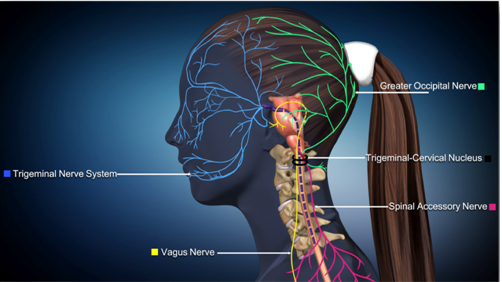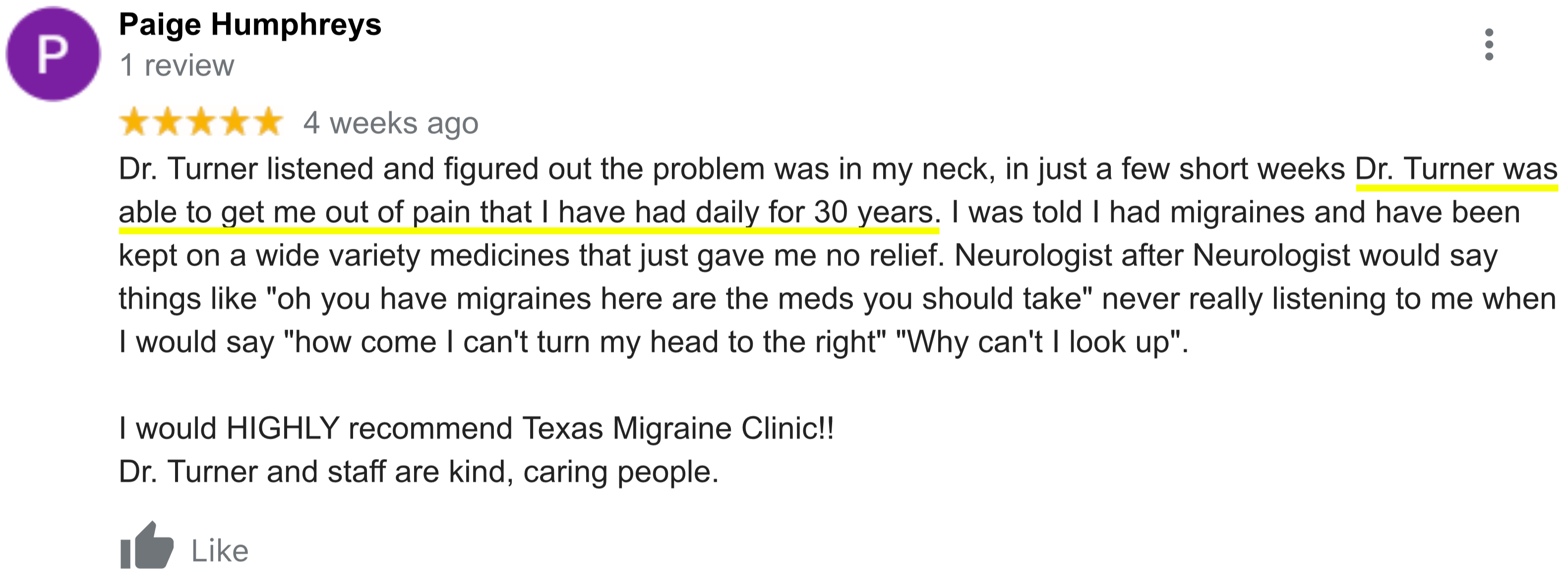The Proven Bridge (From Temporary Relief to Lasting Relief)
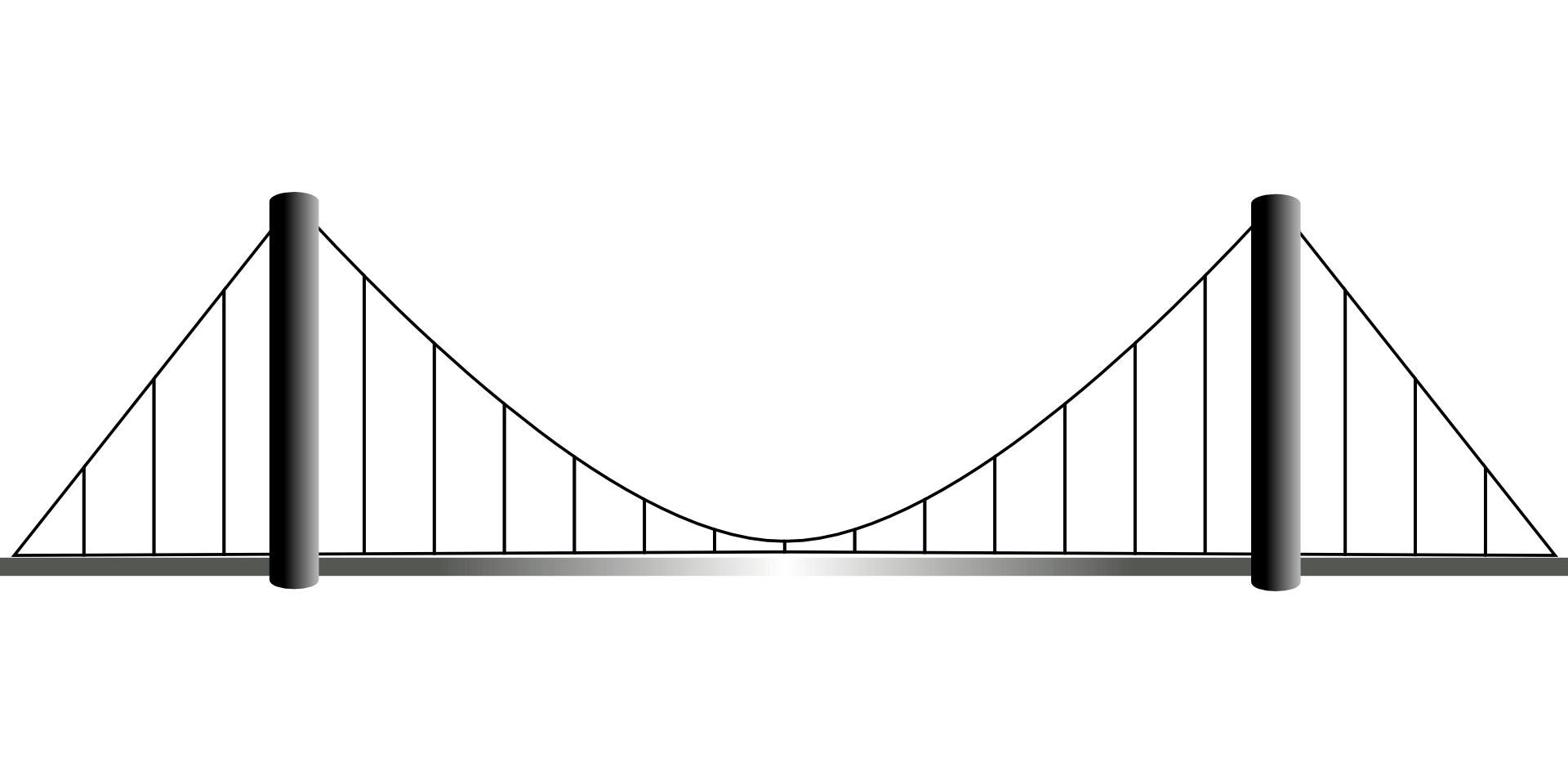
Dr. Turner (Bio Here):
Today, I wanted to talk to you about a highly effective relief concept that can (and usually does) result in lasting headache and migraine relief – for even long-term, difficult, and intensive cases.
I’ve found that this relief concept must be the one thing that is most misunderstood in the headache and migraine community.
These days, seemingly everyone’s searching for that new “relief tactic” that just might get them that little bit closer to the effective relief that seems just so elusive.
Temporary relief tactics get major interest, and more than likely that’s because it’s nearly always been a never-ending tale of temporary relief for many of the most intensive, long-term headache & migraine cases.
And although these temporary relief methods can get patients some relief in many cases, these tactics tend to always keep patients going back for more & more.
The reality is that patients often still have severe symptoms: even after the medications, injections, and other different temporary relief methods are combined (“stacked”) together.
Here’s why lasting relief nearly always falls flat.
I’ll break down the 2 main methods of headache and migraine relief into two simple sentences.
- Additive Relief (i.e. "Additive Relief" relief includes things you do or take to get relief: such as meds, injections, chiropractic, massage, acupuncture.)
- Subtractive Relief (i.e. "Subtractive Relief" includes things you avoid to get relief: such as diet plans and avoiding various triggers.)
“Additive relief” results in an endless cycle of temporary & incomplete relief repeated over & over again. “Subtractive relief” is a constant grind of avoiding triggers all day.
Neither truly is a real solution.
Yes, there are some helpful things with both.
In fact, they’re often stacked (in combination) to get the best results.
[Special Note: There’s a 3rd method not mentioned that I’ve found outperforms both. I’ll get to that part soon.]
But first, an example:
Let’s say you meet up with your new neurologist.
You tell the neurologist (or fill in on the diagnostic form) that you’ve already been to chiropractic, physical therapy sessions– even tried massage 1 or 2 times.
… But the symptoms are still there:
always waiting in the background, which means you still need to constantly avoid triggers.
You let the neurologist know that triptans did help somewhat.
However, you’re still left in constant cycles of only temporary, often incomplete relief.
So, after talking with you, the neurologist decides to put you on a new CGRP injectable.
Now here’s the thing….
Many patients end up on triptans + Botox + CGRP injectables + another (or in many cases other) treatments and therapies taken/engaged in the same time.
In fact, in more advanced cases, they’re often still not getting the lasting relief they’re looking for.
This is quite common.
That’s because in a good scenario, patients can get up to 40% sustained relief (average) with those methods (from my extensive experience over thousands of patients). However, that’s exclusively in good scenarios. It’s usually 30% sustained relief or less (average) with stacked Botox + another injectable + triptans + another treatment or therapy.
But here’s the end result:
They’re still left in a seemingly endless cycle of temporary, incomplete relief repeated over & over again (from the additive treatments) and still avoiding triggers all day (from the subtractive treatments).
Here’s what that means:
Even if you get everything right with both the additive and subtractive relief methods, you’re still in the same exact situation:
It’s still a never-ending cycle of continuing treatments and avoiding triggers.
Yes, there are definitely are some tricks here and there that do work for less intensive cases I’ve found. But the nerves for the most intensive cases are so inflamed in most cases, that I’ve found additive and subtractive relief simply stops working: even altogether in some cases.
This is why I take a different route for a viable reason.
Don’t get me wrong, a triptan can be just the thing in a pinch for some cases.
But…
It’s not a long term solution providing lasting relief.
In fact, I believe there’s something that’s a much better solution than triptans- or anything else I’ve seen in those 2 “Additive” and “Subtractive” relief categories.
That brings me to the 3rd method I talked about earlier.
Now, I’ve worked with thousands of headache and migraine patients.
In fact, I’ve worked with intensive nerve issues for more than 31 years - 18 of those years intensively dedicated to headaches and migraines.
Long story short, I’ve seen most everything there is for headache and migraine relief.
I’ve collectively spent 10’s of thousands of hours with some of the most intensive cases.
And the fact is, I believe that there’s another path to relief.
Without additive relief or subtractive relief.
Remember what I said about relief earlier:
“What causes relief”?
That’s where I’ve found the key to relief actually is.
And it tends to always result in lasting relief (even predictably solving 20+ year cases in my direct experience).
And here it is:
The 3rd Method to Relief = Causal relief.
Causal Relief: Fixing what’s causing the pain or symptoms in the background (in this case, headaches and migraines). This includes relief not focused on temporarily “numbing” or “preventing” downstream pains, but on fixing what’s causing the pain: so the pain or symptoms can’t even start in the 1st place.
Now here’s why causal relief is so important, and why I believe it to be the ultimate key and answer to headaches, migraines, and often some other related symptoms in addition:
If you think about the other two relief methods (additive and subtractive), additive relief “numbs” the pain and subtractive relief “prevents” the pain.
This method is completely (and fundamentally) different because it fixes what’s causing the pain so there’s no pain to numb (additive) and no pain to prevent (subtractive).
Interesting, right?
In effect, Additive relief and Subtractive relief then become pointless once the headaches and migraines can’t even be generated or triggered in the 1st place.
That’s the power of causal relief.
Here’s an analogy:
If filling a leaking tire with air is “Additive” relief (meds / injections / etc.), and not driving the car is “Subtractive” relief (avoiding triggers), then actually fixing the tire is “Causal” relief.
“Causal” relief makes it so that the “Additive” and “Subtractive” relief methods are not even needed anymore:
That’s because when there’s no more leaking air (which in this case represents headache and migraine symptoms) there’s no need to keep filling the tires with air (additive) or worry about them leaking more when driving (subtractive).
Now, I’m not a car mechanic, but I hope that analogy made sense to you because it seems to resonate with me.
This leads me to something I find very profound (which very, very few understand with headaches and migraines):
And here’s the key regarding “Causal” relief:
You’re not after relief (though lasting relief is the usual outcome in most all cases).
Here is what you’re after:
You’re after setting up a situation where the headache and migraines can’t even start in the 1st place.
Let that sink in.
You’re after setting up a situation where the tire can’t even leak air in the 1st place.
If you think about it, the other way around (combining subtractive and additive relief), is simply not even an option for those looking for lasting relief for those with more intensive cases.
So why would anyone in their right mind continue with additive relief and subtractive relief?
Because there’s no other way they know. It’s what everyone else is doing.
But it’s not working for them, either.
I know that because I’m seeing intensive-case patients nearly every workday of the week.
In fact, it’s commonplace for neurologists to say to patients:
“We don’t know why you get headaches and migraines.”
Now here’s the thing: causal relief is what I do every day in my profession.
I have very detailed metrics that we use during and throughout treatment.
This is not a “do and hope” type of situation. This is an exacting process that I’ve developed and we use: to take patients from temporary to relief to lasting relief.
In my Advanced Treatment, we show patients exactly what to do to fix the particular issues causing their particular headaches & migraines. It’s a real-time system I’ve custom-engineered to work at the “Causal” relief level to fix these issues.
It’s the culmination of 18 years of intensive research, focus, working with thousands of patients, and extensive experience with what works- and what doesn’t.
Each session is on a 1-on-1, per-patient basis because my treatment is exceptionally complex (on our part).
However, we make it easy for patients. I tell them what needs to happen to achieve this.
And the best part is: I designed it to be the ultimate answer to causal relief for headaches and migraines.
That means (in most all cases), no more need for “Additive” relief treatments like medications, injections, triptans –
and no need for “Subtractive” relief interventions like avoiding triggers all the time.
- Dr. Turner
Ready to Get Started?
*No upfront cost until you are approved, and you consent to Treatment.
*A receptionist will get back with you after the Admission Survey is taken.
*Still have Questions? CLICK HERE to visit our Quick-Answers FAQ HelpCenter.

